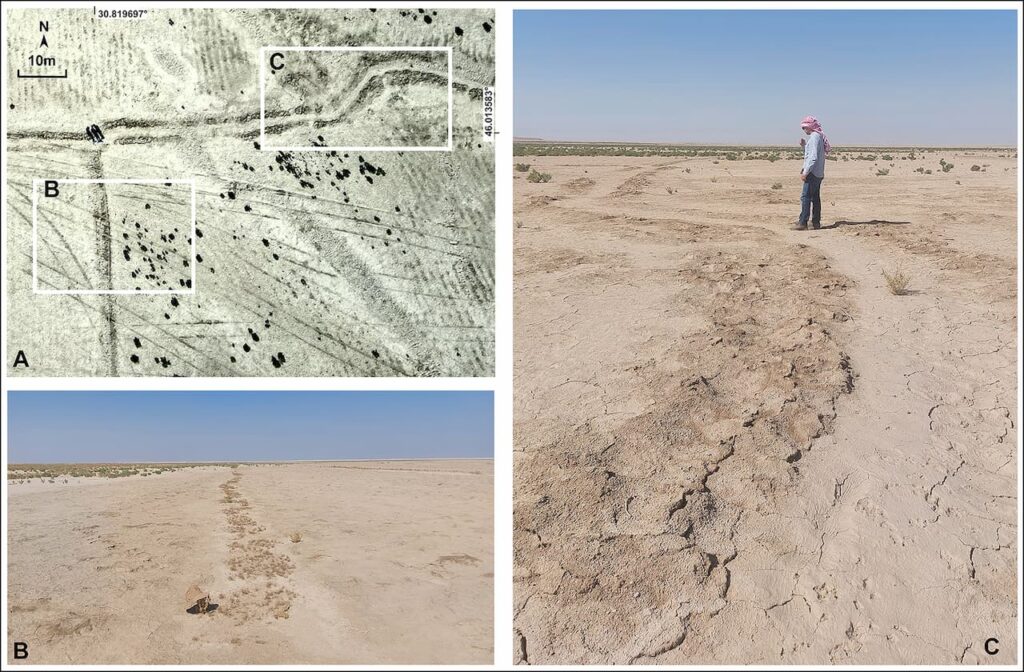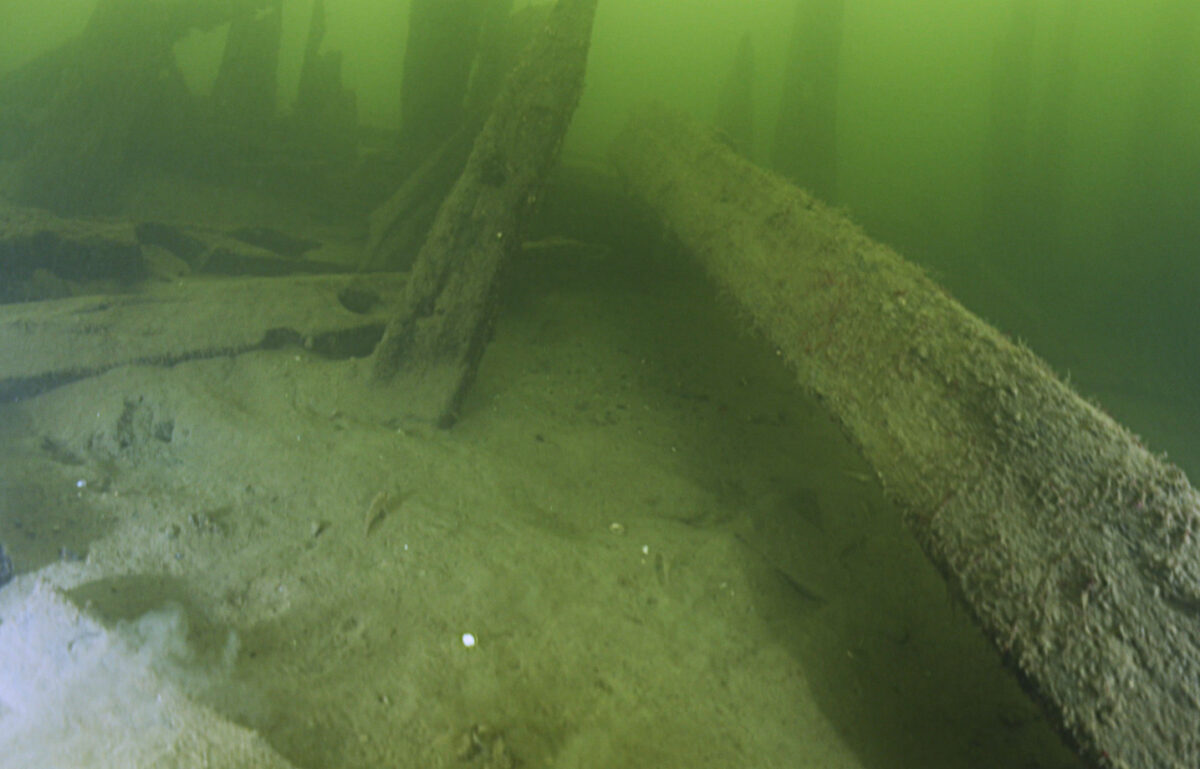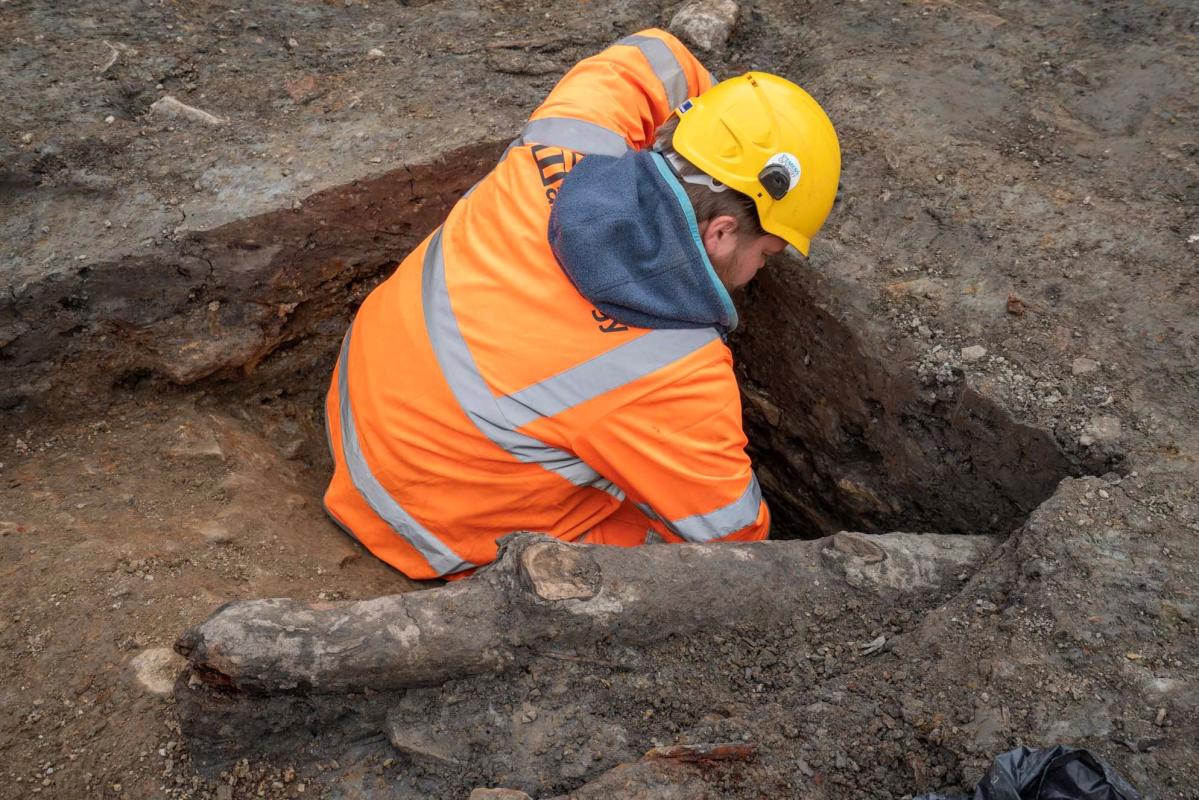An international team of archaeologists and geologists has discovered a remarkably well-preserved ancient irrigation network in the Eridu region of southern Iraq, dating from the 6th to the 1st millennium BCE. This extraordinary find offers unique insights into the early agricultural practices of Mesopotamia.
Led by geoarchaeologist Jaafar Jotheri from Durham University, researchers revealed that Eridu was home to a complex system of canals, showcasing the water management skills of ancient farmers. This discovery deepens our previous understanding, which relied primarily on indirect evidence such as cuneiform tablets.
Eridu’s Unique Preservation
Mesopotamia is known to have depended on the Euphrates River and its tributaries for agriculture. However, most ancient irrigation structures have been buried under alluvial deposits or replaced by later networks. Eridu, on the other hand, was abandoned following a shift in the Euphrates River’s course, allowing its archaeological landscape to remain intact. This situation enabled researchers to accurately identify and map a complex network of artificial canals dating back to before the 1st millennium BCE.
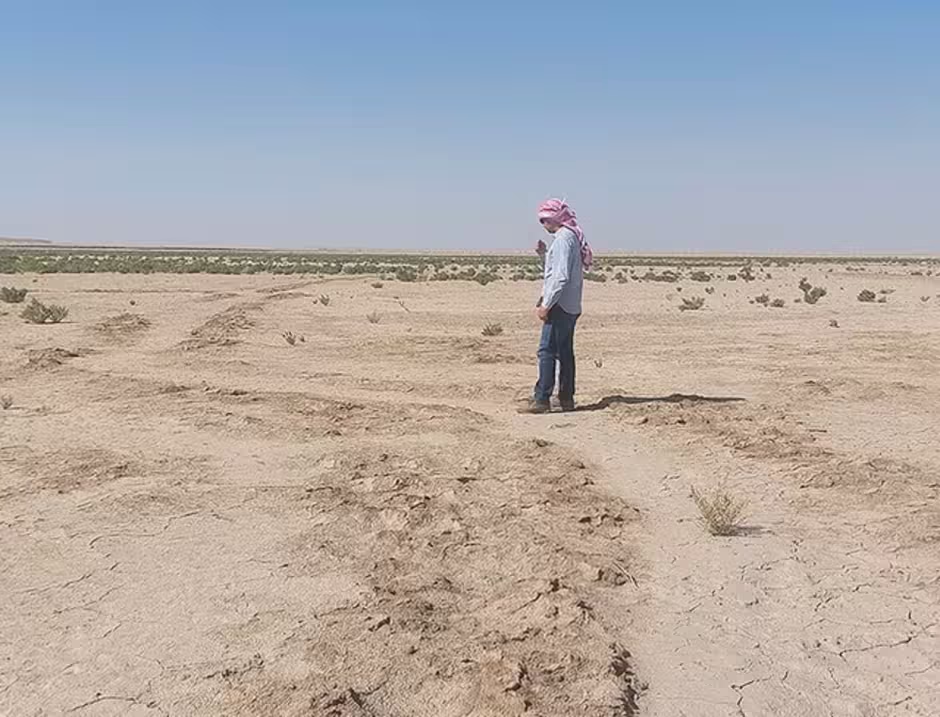
Technology and Interdisciplinary Approach
Researchers adopted an interdisciplinary approach to study this ancient irrigation system, combining geomorphological analysis, historical map reviews, and advanced remote sensing technologies. High-resolution satellite imagery from the 1960s CORONA program, drone, and ground photography were used to validate the findings.
Thousands of Canals and Hundreds of Farms
By combining geological maps, satellite imagery, drone photography, and fieldwork, more than 200 primary canals directly connected to the ancient Euphrates River were identified. Additionally, more than 4,000 smaller branch canals, linked to over 700 farms, were mapped.
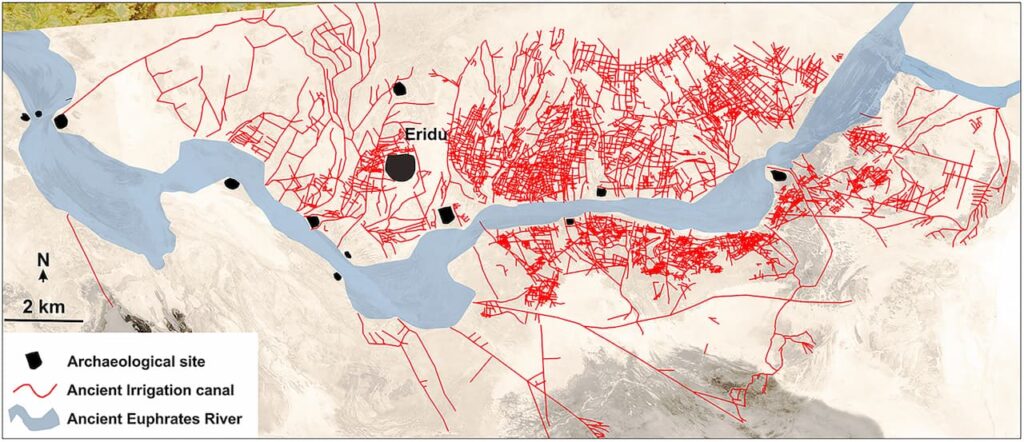
Ancient Water Management Skills
This complex irrigation network demonstrates the advanced water management skills of ancient Mesopotamian farmers. High river levees facilitated the flow of water by gravity to surrounding fields, while breaks in the levees (crevasse splays) effectively distributed water across the floodplain. These techniques allowed farmers to cultivate crops on both sides of the river, although the northern side was more intensively farmed.
Future Research and Cuneiform Texts
The research indicates that the irrigation system evolved over centuries and required significant labor and expertise for maintenance. To better understand the changes in farming practices over time, the dating of each canal is planned. Additionally, comparing the designs of these canals with descriptions in ancient cuneiform texts could provide valuable insights into agricultural management in Mesopotamia.
This project was funded by the British Institute for the Study of Iraq in London and is a collaboration between Durham University, the University of Al-Qadisiyah in Iraq, and Newcastle University in the UK.
Cover Photo: Ground-truthing of the remote sensing work: A) drone images show two minor irrigation canals; B& C photographs of the two small canals. Credit: J. Jotheri et al.
Jotheri J, Rokan M, Al-Ghanim A, Rayne L, de Gruchy M, Alabdan R. Identifying the preserved network of irrigation canals in the Eridu region, southern Mesopotamia. Antiquity. Published online 2025:1-7. doi:10.15184/aqy.2025.19
